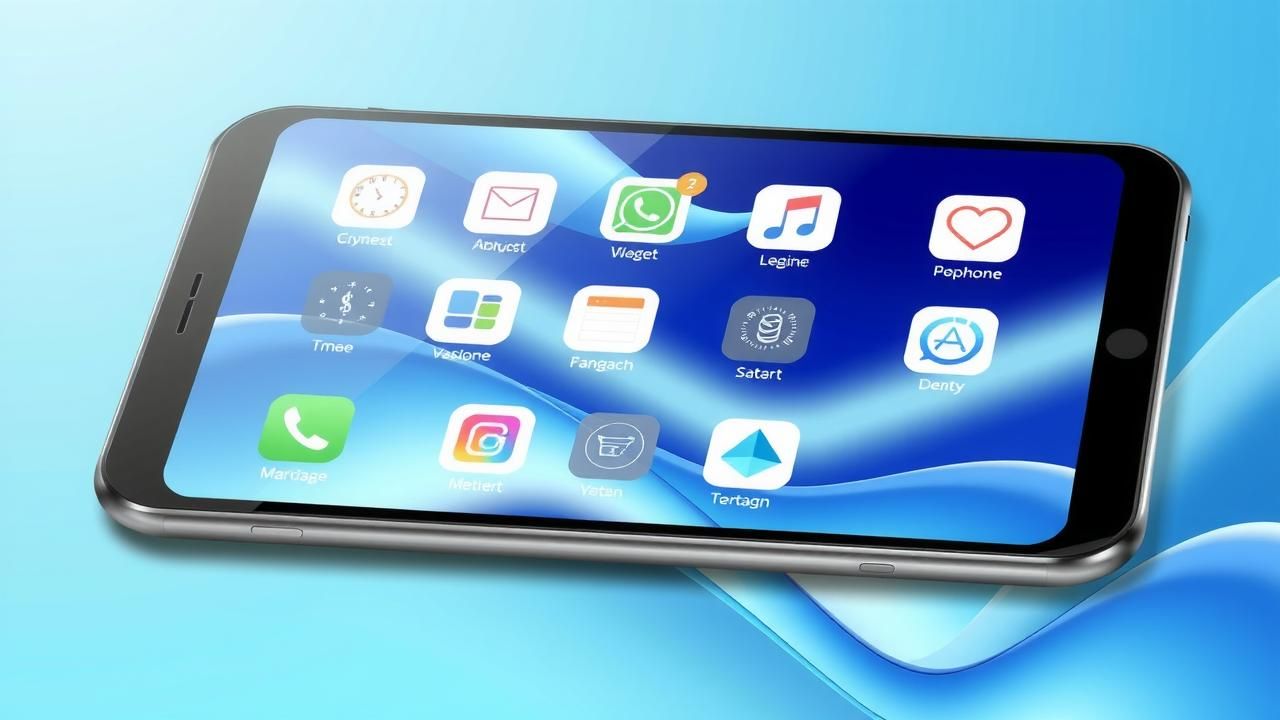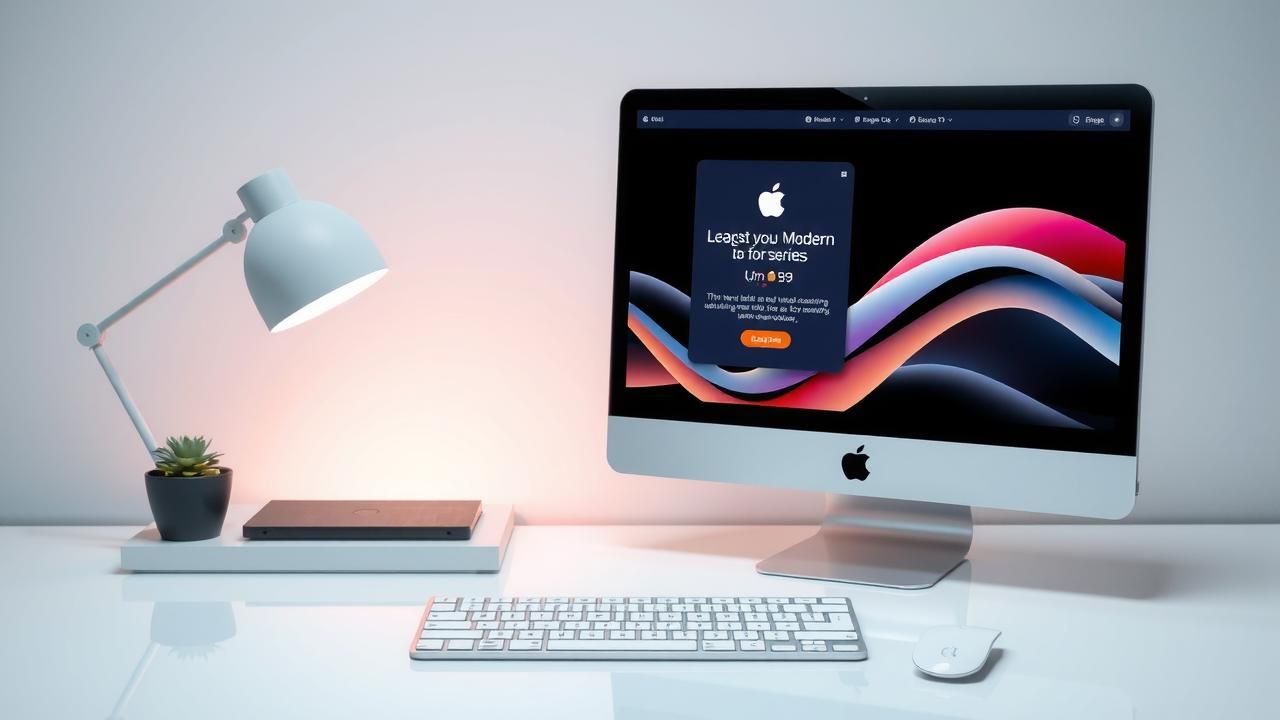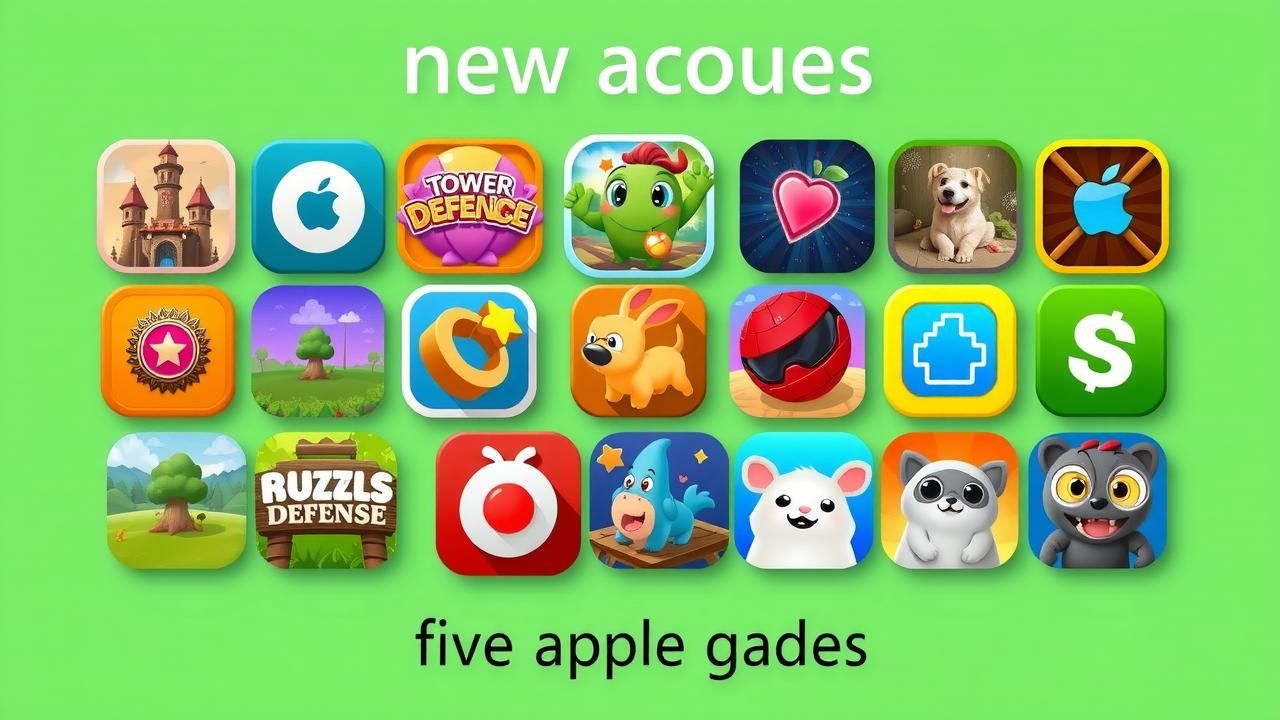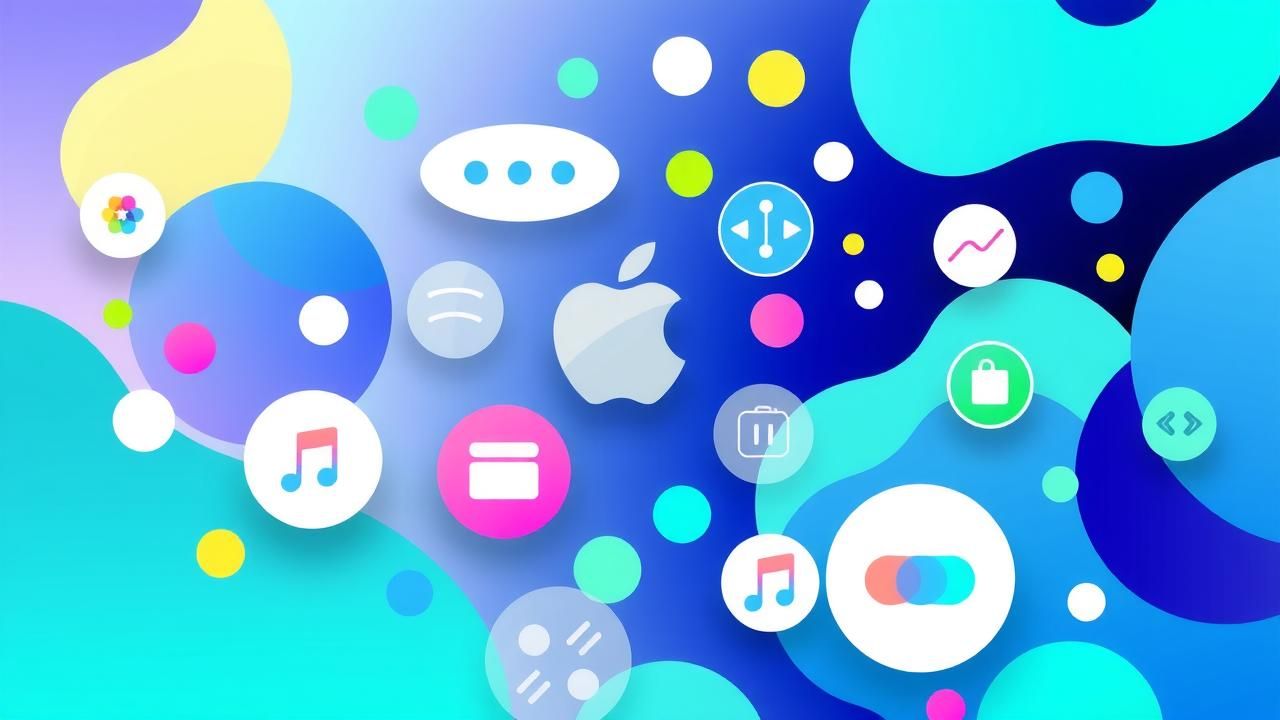Apple’s recent conference showcased a new user interface design for iPhones, iPads, and Macs, introducing a transparent aesthetic. The company shifted its software naming system to align with its fiscal year, calling the latest version iOS 26. Additionally, Apple is releasing A.I.-driven features to enhance app interactions, showcasing a conservative yet strategic approach compared to competitors heavily focused on A.I.
Apple kicked off its recent conference with an unveiling of a revamped software design for its iPhone, iPad, and Mac products. The new interface presents a sleek, transparent look to tabs, files, and app icons, notably through a feature that allows Safari pages to occupy the entire screen as users scroll, effectively hiding the tab bar from view. In typical Apple style, the concept is branded as “liquid glass,” elevating user experience through aesthetic enhancement.
In a noteworthy shift, Apple has moved to a new naming convention for its software, aligning it with the company’s fiscal year rather than traditional version numbers. This means that the latest system update is labeled iOS 26, rather than the expected iOS 19. This change reflects Apple’s ongoing strategy under CEO Tim Cook to inject fresh interest into its core products, particularly amid a tech landscape increasingly focused on artificial intelligence.
While many of its competitors have fully embraced A.I. features in recent months, Apple continues to rely on its traditional technological advancements to attract consumers. Companies like Google and Amazon have prominently showcased their A.I. updates, with Google presenting chatbot capabilities and Amazon enhancing Alexa for personalized assistance. Apple’s approach, however, seems aimed at gradually integrating A.I. while ensuring it resonates with current user needs.
Apple’s new A.I. initiative, aptly dubbed Apple Intelligence, promises to extend A.I. capabilities across its devices and apps. For instance, the popular hiking app, All Trails, is set to utilize this feature, allowing users to conduct conversational searches. Users could ask for family-friendly hikes under three miles that feature waterfalls, demonstrating a shift to more interactive and tailored experiences.
As Apple reveals these features, Tripp Mickle, a Times journalist covering Apple and Silicon Valley from San Francisco, observes the ongoing evolution of the tech industry. Mickle’s reporting emphasizes not only product launches but also challenges the company faces amidst broader trends, including generative A.I. and the rise of automation.






